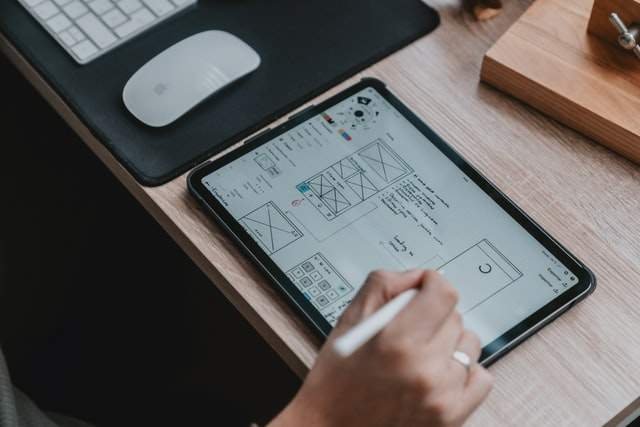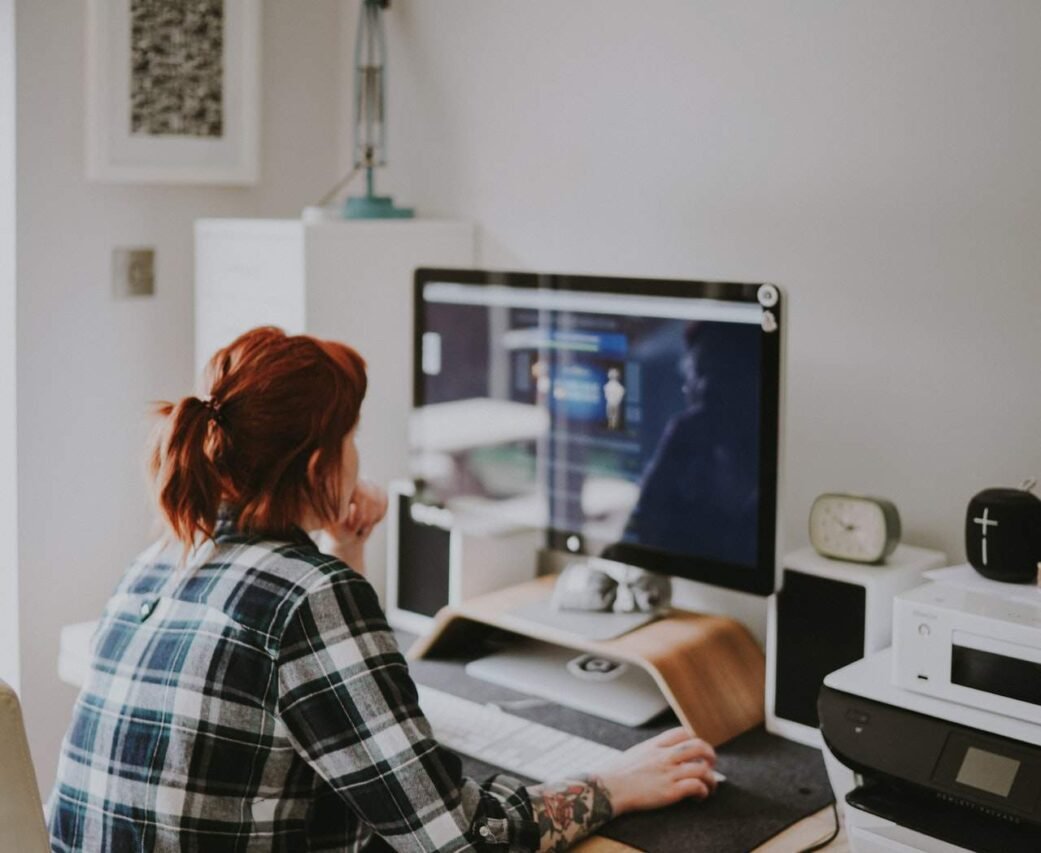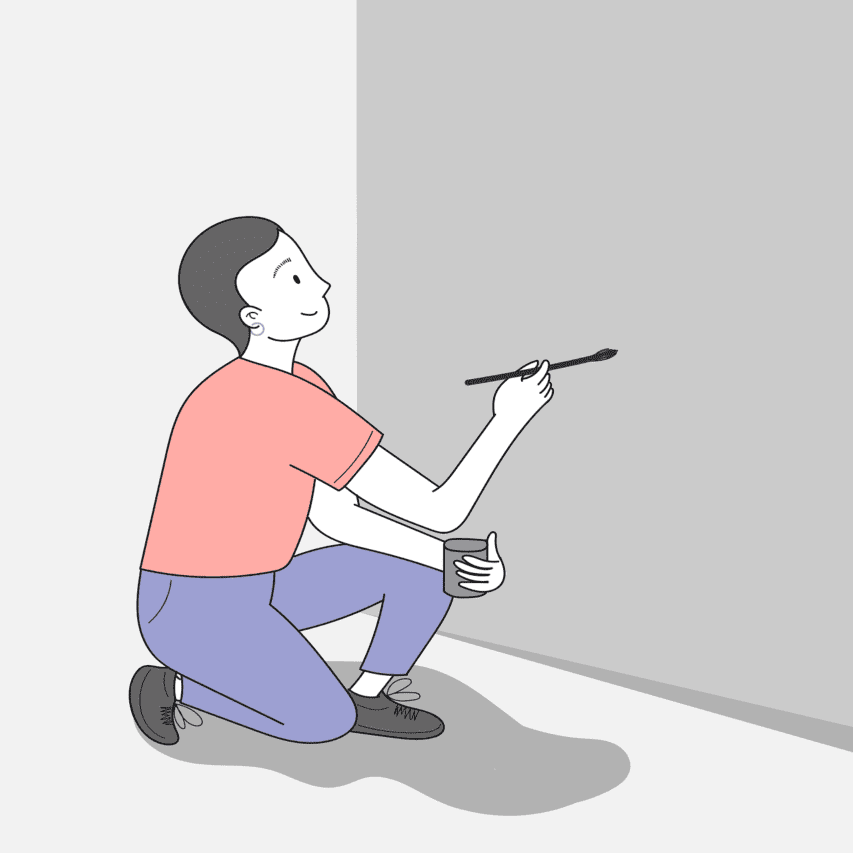What is the relationship between modern packaging and printing process design? In the development of the field of packaging design in our country at the present stage. We are facing many challenges and pressures. In the process of packaging design in the future. We need to solve problems that only pay attention to graphic design and despise structural design and production technology.
Here are the articles to explain, the relationship between modern packaging and printing process design
The evaluation of the correlation between modern printing processes can maximize the overall level of packaging design and avoid being affected by some design limitations, resulting in products with low value and attractiveness. Packaging design is systematic work, so many elements involve in the design process. For example, material design, structural design, graphic design, and manufacturing techniques.
In the field of packaging design in some developed countries, the design working group has been subdivided. The members have a certain understanding of materials and structure, which can improve the level of packaging design. An analysis of this article mainly expounds on the relationship between modern packaging design and printing technology. To provide a certain reference for researchers in related fields.
Research background
With the development and progress of my country’s modern society, the socialist market economy has achieved comprehensive development and progress. In the future development process of the packaging industry. Whether it is technology, materials, or equipment, there has been a relatively obvious improvement at the technical level. After being applied to packaging design, it can well improve the overall level and effect of packaging design. Printing technology is also widely used in packaging design. The development and progress of printing technology, it has brought an intuitive improvement to the overall effect of packaging design.
For example, the cam printing process, gravure printing process, hot silver, hot stamping special printing process, etc., have been used in packaging design more comprehensively. These technologies are applied to all aspects of actual packaging design. Which can further improve the packaging design effect and solve various problems in development. Take the gold stamping and silver stamping process of cigarette packs as an example: in the packaging design, hot press transfer can use to promote the transfer of anodized aluminum, and at this time, metallic “gold” or “silver” can appear on the cigarette pack.
Additional
Packaging design through hot stamping and hot silver can make the cigarette case more delicate. The current packaging design process has been closely related to the printing process. And with the development and progress of science and technology. The printing process has also brought more influence on packaging design in practical applications.
The application of various image technologies, text technologies, and plate-making technologies brings more challenges to the development of packaging design. Further promotes the rationality of packaging design, and comprehensively improves the overall effect of packaging design. Therefore, clarifying the relationship and influencing factors between different printing processes and packaging design, and clarifying the direction of development in the future development of packaging design can further strengthen the connection between the printing process and packaging design and improve the overall packaging design. Effect.
Printing difficulties
In the process of packaging design, it is first necessary to understand the process flow in actual production during design. Therefore, to carry out scientific and reasonable design, relevant designers need to analyze the design process and the possible problems in the printing process and use targeted analysis to make corresponding judgments and solutions to ensure the high quality of the packaging design effect presented.
Color change
Many designers who do not understand the printing process will directly use the colors. That can display on the monitor to determine the color of the design package. This leads to the problem that the actual color is not the same as the color of the display after printing. This problem of deviation typesetting affects the final effect of the packaging. Such a problem arises because the display and printing color rendering principles are not the same.
The color rendering method of the display is based on the color light additive method, based on the RGB three primary colors. However, the color development method of printing mainly uses the color subtraction method, based on the four colors of CMYK. However, the color gamut of RGB is larger than the color rendering area of CMYK. So many colors in RGB cannot display by ink. Luckily, UV curing, which uses UV light to instantly dry inks, coatings, and adhesives, can make colors appear more vibrant.
In addition, the process of color digital typesetting will also affect by different color rendering methods, resulting in different colors. Secondly, due to the different structures of printing patterns, to achieve good color control during the design process. It is necessary to set up a CMYK grid and pay attention to the analysis of the basic principles of printing. To avoid the occurrence of too thin text strokes, which will lead to The problem of inaccurate overprinting occurs.
Difficulty reading font changes and inverted white characters
After the packaging design is complete, the content needs to check. And the film can be output after the customer signs and confirms. During the process of checking and analyzing the film, font changes often occur. This is mainly because the desktop publishing system has certain requirements for computer-designed font software. Therefore, during the output process, fonts need to be pre-processed for the presentation of design works.
Different software fonts have different information processing methods. When processing, targeted analysis require. In the packaging design process, the reverse white characters should use with caution. To make the used reverse white characters readable. You can set a clear color in the shadow position of the reverse white characters. The proportion of dots should be more than 70%, to maximize the control of the unreasonable design.
Processing sequence
In packaging design in the past, designers and printers were often out of sync. They did not have a sufficient understanding of the printing process. This led designers to analyze and design from the perspective of appearance. The finished product could not adapt to subsequent production and processing. For example, there is a lack of expansion analysis after printing. So it requires understanding the specific process type in the process of processing to achieve good special effect processing.
Analysis of the relationship between modern packaging design and printing technology
Lithographic printing process
The development and progress of printing technology have brought a relatively direct impact on packaging design. The lithographic printing technology used in the printing process can make wider use of its printing carrier. At the same time, with the development of various technologies, the printing quality has stood significantly improved.
For example, under the sleeve processing method of computer direct plate making, flexible drive, and convenient operation. It can meet the requirements of various printed materials in the actual application link. For example, it has stood well used in the fields of self-adhesive printing and packaging, trademark labels, food packaging, and pharmaceutical packaging. With the development of the market, people put forward higher design requirements for packaging design.
Other Process
In the actual design, it is necessary to ensure the advanced nature and specificity of the entire design process, coupled with the rationalization of energy-saving and environmental protection requirements for packaging materials, it is necessary to conduct a rational analysis of the printing process in the modern packaging design process. The overall consideration of the printing process is basically to use the printing process to comprehensively process the text, graphics, colors, etc. in the packaging design. So that incompatibility can avoid after the various technologies and equipment of the printing process update. question.
Secondly, in the current development of packaging design. Whether it is in the process of media publicity, corporate image, or environmental design. It is necessary to conduct comprehensive and rational analysis and processing of various designs in daily life. The development of the entire design work will have a more direct impact on the development of the market. Along with the development of printing technology. It is necessary to actively carry out comprehensive and reasonable analysis and processing of modern packaging design links.
For example, by adopting diversified packaging design methods (such as seals, calligraphy, and traditional pattern comprehensive design methods), the printing process is more complicated, and the process is more, and requirements are higher so a higher level of product packaging can be designed. At the same time, some In the analysis of excellent packaging design products. It stands found that many printing processes are comprehensively used in design works. Such design effects put forward higher requirements for the understanding of printing processes. We must actively use perfect processing methods to comprehensively improve the processing effect and Level. The packaging design shown integrates a variety of printing processes.
Three-dimensional printing process
Compared with other types of modern printing processes, the three-dimensional printing process used in the actual use process can help the packaging design to present a more special effect. The use of such a printing process can often present a more obvious three-dimensional visual effect on a two-dimensional plane. Secondly, the reasonable application of three-dimensional printing technology in packaging design can bring an intuitive and positive impact on packaging design. In the processing of the printing process, since it has entered a new field, it is necessary to conduct a comprehensive analysis and processing of special process characteristics and advanced technologies in the future development process.
In my country’s current packaging design field, the use of three-dimensional printing technology divides into several common types, namely holographic three-dimensional printing, dynamic three-dimensional printing, and ordinary three-dimensional printing. The use of three-dimensional printing is mainly based on the use of optical principles to process and analyze two-dimensional image information. Secondly, in the three-dimensional processing method, the three-dimensional printing technology needs to photograph in an arc movement. In this way, the overall effect after printing can comprehensively improve under the special printing process.
Corresponding printing process
The corresponding printing process is mainly based on laser holography to form a new three-dimensional printing image, and correspondingly adopts a special laser imaging process to comprehensively improve the overall post-finishing effect of the product. Holographic three-dimensional printing (left) and dynamic three-dimensional printing (right). Three-dimensional printing technology is an advanced technology in the printing process at present. With the development of science and technology in our country, this process will undergo comprehensive development. After printing in the future In the process of processing. It can well help various design elements and pattern information in packaging design to present with high quality and high effect.
Secondly, when three-dimensional modern printing applies to packaging design, it can get good anti-counterfeiting treatment, especially in the process of anti-counterfeiting treatment, avoiding scanning and copying. Under such a post-processing method, it is also necessary to comprehensively consider the design concept and printing process to ensure that the designed graphic content can display using three-dimensional printing technology. In the development of packaging design in the future, the processing method of the three-dimensional printing process will analyze more from the perspective of the designer, to obtain a more comprehensive performance and processing ability.
Additional printing process
On the other hand, after adopting such a three-dimensional modern printing process, the recognition of packaging design has also stood improved. So it has stood well used in the market, allowing consumers to better identify it. For designers, in the packaging design process, the use of three-dimensional printing technology needs to strengthen the concept of printing technology in the early design planning Understand and analyze, use perfect design concepts, such as the PDCA cycle design concept, to comprehensively increase the added value of products, and actively improve the marketing of products accordingly, to avoid serious problems of homogeneity and avoid There is fierce competition in packaging design in the open market.
To sum up, in modern printing, in the process of packaging design, the subdivision of design work must always conform to the various printing process methods of the product, and at the same time strengthen the design concept. Providing good visual effects, strengthening the added value of product packaging, improving the level of packaging design, and attracting consumers’ attention, is an important considerations for the development of packaging design in the future.













